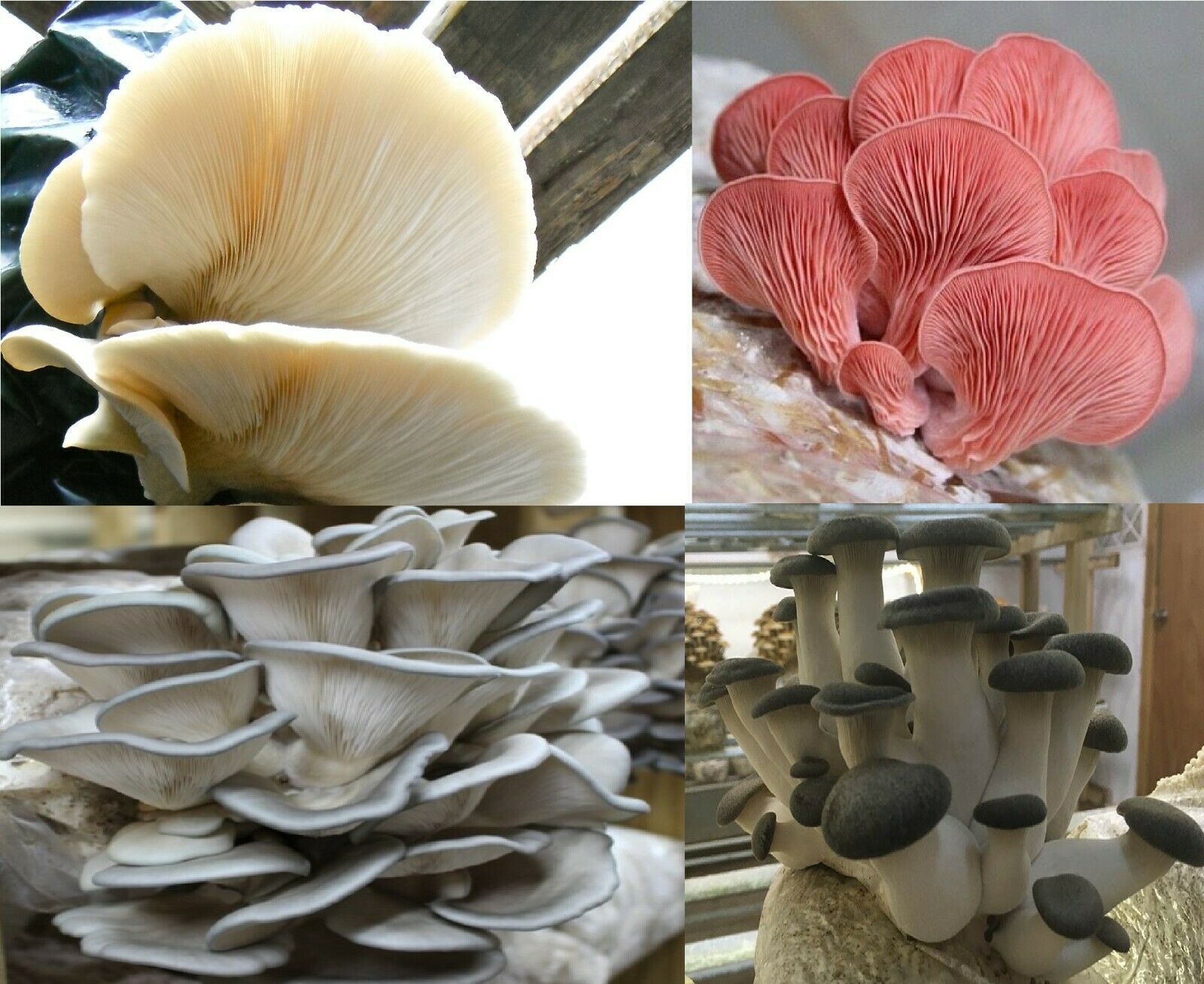-40%
Seeds Honey Mushroom Winter Mycelium Spawn Dried Spores Organic
$ 4.88
- Description
- Size Guide
Description
Hello, my friend!Welcome to our seeds store!
Product Description:
Hat. 3-10 cm in diameter, first convex, hemispherical with a curved or lowered edge, later convex-outstretched, with a straight, thin, slightly ribbed edge, smooth, sticky in wet weather, light yellow, ocher yellow, honey yellow (classical color), orange-yellow (more often on birch), in mature mushrooms with an orange-brownish middle and red-brown spots.
Leg. 4-10 cm long and 0.5-1 cm in diameter, cylindrical, sometimes narrowed to the base, often curved, fibrous, first made, then hollow, light yellowish at the top, velvety below (a distinctive feature), black-brown, in old mushrooms - all black, tough.
Beneficial features. In Japan, winter honey is highly valued for its delicate aroma and healing effects. After shii-take, it is considered the main cultivated mushroom there. Just like shii-take, winter mildew presumably contains substances that inhibit the growth of cancer cells. Scientists have found that winter honeydew produces flammulin, a substance that is active against sarcoma.
Use. Delicious edible mushroom, used fresh (boiled for about 20 minutes), pickled and salted. In young mushrooms, the dark part of the leg is cut off; in old mushrooms, only the caps are collected. When boiled, it remains slippery, which not everyone likes. It tolerates frost well, without losing its taste, so you can collect ice cream and thawed.
Growing mushroom on a substrate. The basis of the substrate is made up of sawdust of deciduous trees with various additives. The choice of additives is large: straw, hay, seed or buckwheat husks, bran, etc. But straw, hay, corn cobs, seed husks can be used as the main substrate, without the addition of sawdust or other components. The straw has an especially good hold. In any case, the starting materials must be free of mold. It is desirable to add 1% superphosphate to the substrate. The finished substrate for protection against mold is subjected to heat treatment. It is placed in a container and poured with boiling water. After it cools down, the substrate is squeezed out and placed in plastic bags 30x40 cm. Or in glass jars with a capacity of 0.5 to 3 liters, where mushrooms will be grown. In the prepared containers with the substrate, the mycelium of winter honey fungus is introduced in the amount of 0.4% of the mass of the substrate. Place it in the center of a jar or bag, where a hole is made through the entire thickness of the substrate with a wooden stick d = 1.5-2 cm. The overgrowth of the substrate with mycelium lasts 30-40 days, depending on its volume, at t = 0 ° C to 25 ° C. The substrate should not dry out, therefore the container is covered with damp burlap or paper or periodically moistened. Light is optional. As soon as the substrate is overgrown, the containers are transferred to a place illuminated with electric or natural light with t from -7 o C to +10 o C - verandas, loggias, balconies, a backyard, etc., the rudiments of mushrooms appear on the 10th day after exposure containers to a permanent place. And after another 10 days, full-fledged mushroom bodies will develop from the rudiments. Thus, the first mushrooms appear after 2 months. after landing. Harvest by carefully cutting off the tufts of mushrooms at the base of the stems, and removing the remnants of the stems from the substrate. After 1.5-2 weeks. a second wave of mushrooms appears, etc. Over the entire cultivation period, and it is 3.5-4 months. collect 0.5 kg. mushrooms from 1 kg. substrate. In other words, up to 2 kg can be removed from one 3-liter can. mushrooms, which are not inferior in quality to forest mushrooms, and surpass them in ecological purity. Productivity from 1 package of mycelium, planted in 50 kg. moistened substrate - up to 27 kg. high-quality commercial mushrooms.
Growing on wood. This method is the use of wood as a substrate. At home, winter honey agaric is grown on deciduous wood - aspen, poplar, willow, birch, chestnut, walnut, apple, plum, etc. Wood is used both cut in the form of hemp and a living tree at the root. At a distance of 15-20 cm from each other, cuts are made or holes are drilled with a depth of 3-5 cm and a diameter of 2-3 cm along the entire perimeter of the hemp. The cuts or holes are filled with mycelium. Or split a piece lengthwise, sprinkle a thin layer of mycelium, fold the halves and twist them tightly with wire. Mushrooms planted on wood grow for 5-6 years. One bag is enough for 60-70 kg. wood.
Included 0.32 oz.
Return Policy:
If you are not satisfied with our quality, please send back to us, we will refund your money.
Feedback:
Dear customer, please give us the opportunity to solve any problem. If You are happy with your purchase, please leave positive feedback for us. If you have any problem in ordering, feel free to contact us and we will solve it!
If you have any questions or need assistance, please contact us!
Have a nice day!

















